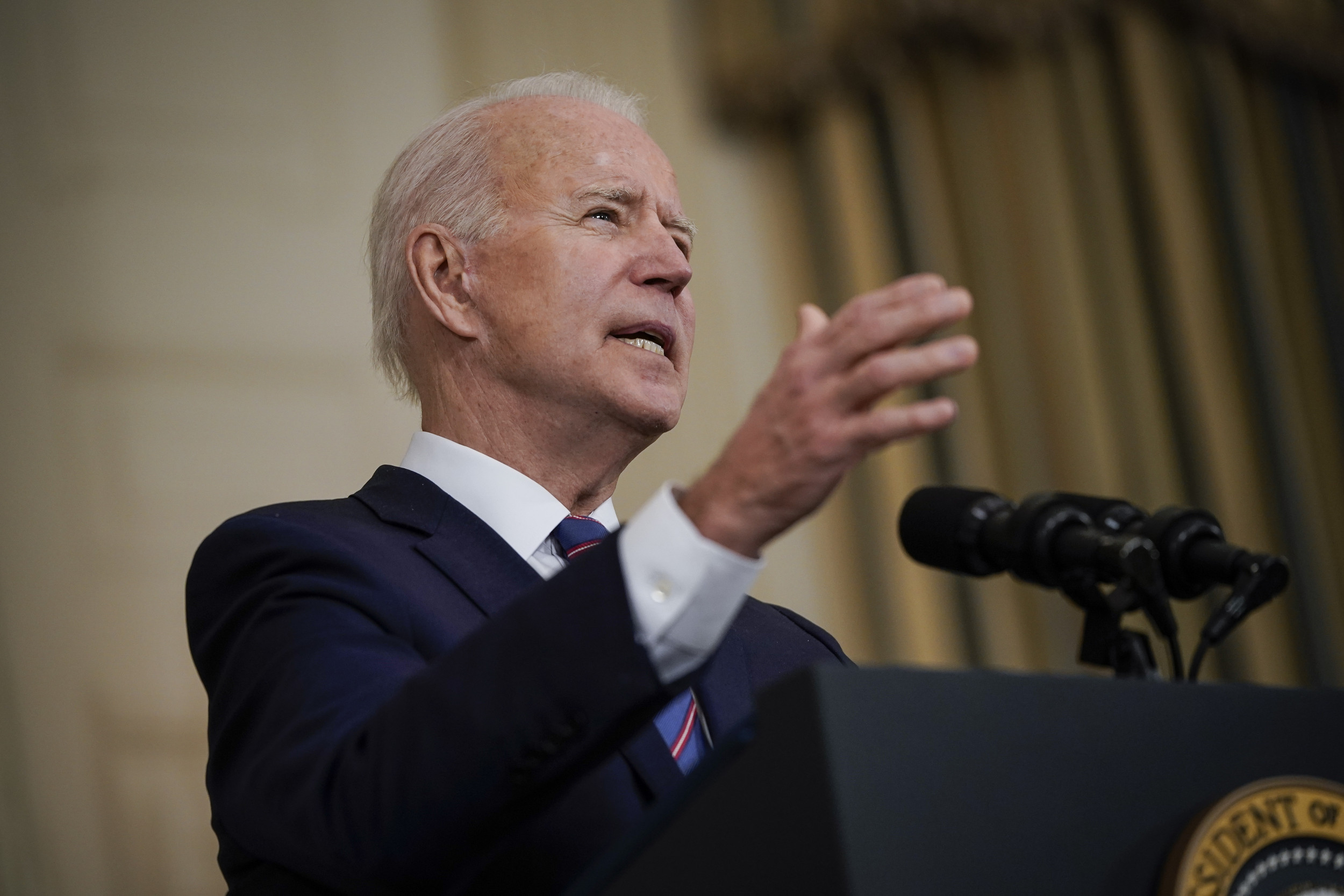

- Interim national security strategic guidance pdf#
- Interim national security strategic guidance driver#
- Interim national security strategic guidance free#

Interim national security strategic guidance driver#
Obama declared Asia would be a priority, and in a 2009 speech referred to himself as the “first Pacific president.” In a 2011 article, US Secretary of State Hillary Clinton wrote “the Asia-Pacific has become a driver of global politics.” And, in November of that year, while standing in front of the Australian Parliament in Canberra, President Obama announced his intention to pivot US resources, investments and focus to the Asia-Pacific region. The Obama administration: The pivot to Asia 1.0īarack Obama assumed office in 2009 believing that US engagement in the Middle East occupied too central a role in US strategy, and that engagement with Asia was underweighted. This brief will look back at what has happened since President Obama first announced the “pivot to Asia” 10 years ago in Canberra, examine the emerging contours of Biden’s strategy in the Indo-Pacific, and outline what outstanding questions have yet to be addressed. The Biden administration’s Indo-Pacific strategy will signal their preferred approach to many of these issues, even though the strategy is unlikely, on its own, to provide definitive answers to Washington’s overall plans for the Indo-Pacific region. A persistent critique has been the lack of a comprehensive economic approach to the region.ĭespite common themes, each successive US administration adjusted its approach to the Indo-Pacific in different ways - by varying the geographical scope of the region, by alternating between unilateral and multilateral efforts, or by privileging the diplomatic, technological, economic or military aspects of US regional engagement.

Interim national security strategic guidance free#
As different as these administrations were in outlook and temperament, there was consistency on certain key features of their policies towards the region, including an understanding of the region’s relative importance, an emphasis on allies and partners, and the overall goal of keeping the region free from coercion and open to trade, investment and ideas. The Trump administration released its Indo-Pacific strategy, which was declassified in the waning days of his presidency, and before that Barack Obama attempted a US foreign policy “pivot” towards Asia. This will not be the first attempt to frame a US strategy for this critical region. The Biden administration is preparing to release its official Indo-Pacific strategy this month.
Interim national security strategic guidance pdf#


 0 kommentar(er)
0 kommentar(er)
